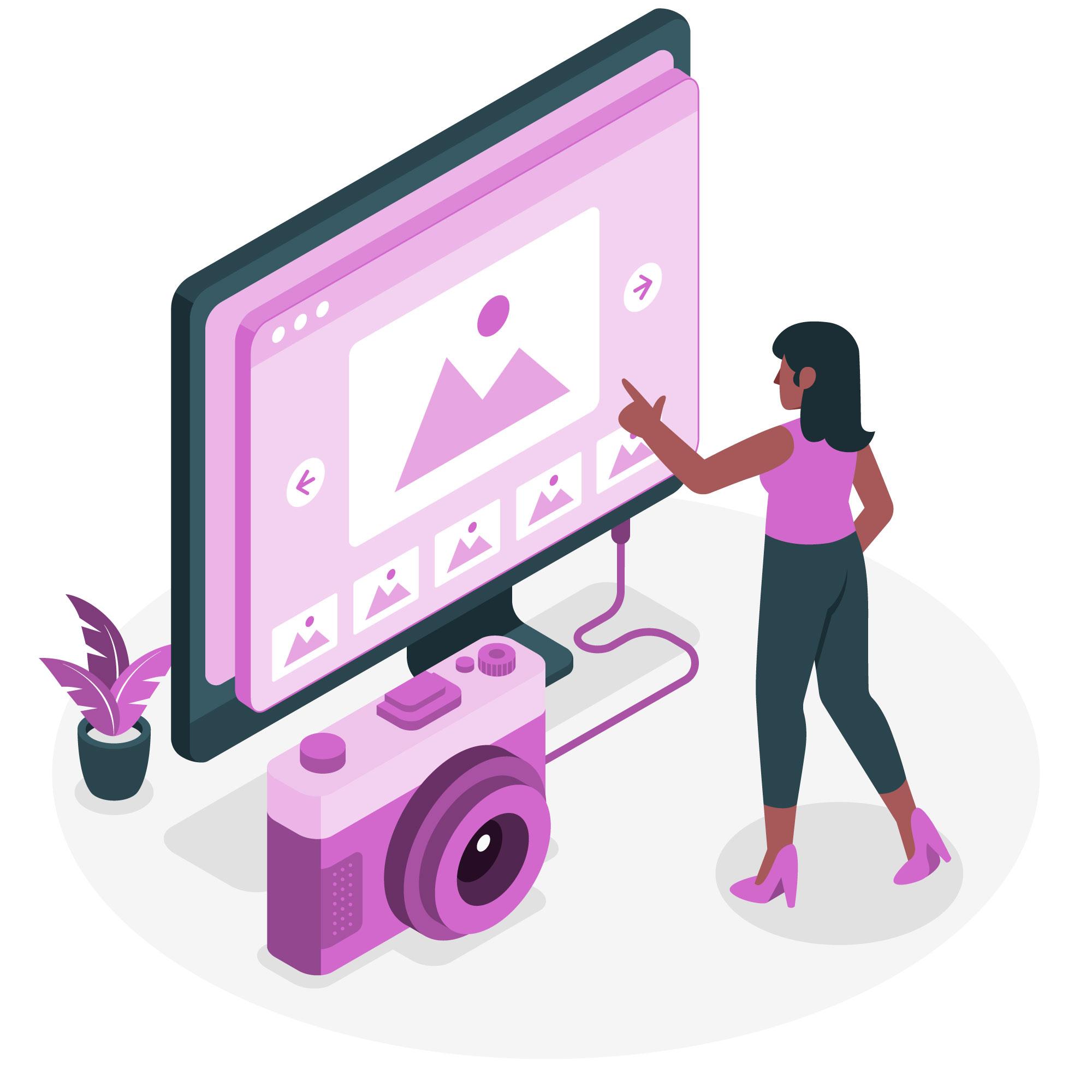
Social media has become an essential part of our daily lives, whether for communication, entertainment, business, or marketing. Platforms like Instagram, Facebook, and YouTube are the backbone of digital content creation, especially for those using a Reel maker app to produce engaging short-form videos.
But what happens when these social media sites go down? Whether it’s a technical failure, cyberattack, or system update, social media outages can cause massive disruptions for users, businesses, and content creators.
In this blog, we’ll explore the impact of social media outages, how brands and influencers adapt, and what users can do to stay connected and productive during downtime.
1. Why Do Social Media Platforms Go Down?
Social media platforms experience downtime for several reasons, including:
-
Technical Glitches – Server failures, software bugs, or maintenance updates.
-
Cyberattacks – Hacking attempts, Distributed Denial of Service (DDoS) attacks.
-
Increased Traffic Load – Unexpected spikes in usage leading to crashes.
-
Government or Policy Restrictions – Temporary bans or content moderation actions.
Example: In 2021, Facebook, Instagram, and WhatsApp suffered a six-hour outage due to a faulty server update, disrupting global communication and business activities.
2. How Do Social Media Outages Affect Businesses and Creators?
For businesses, influencers, and marketers who rely on social media for audience engagement, a sudden outage can lead to revenue loss and missed opportunities.
Impact on Businesses:
-
Loss of Advertising Revenue – Paid ad campaigns temporarily stop running.
-
Customer Service Disruptions – Businesses cannot respond to queries or complaints.
-
Reduced Website Traffic – Fewer clicks and conversions from social media referrals.
Example: E-commerce brands running Instagram ads lose potential sales when the platform is unavailable for hours.
Impact on Content Creators:
-
Delayed Content Publishing – Reels, Shorts, and Stories cannot be uploaded.
-
Engagement Drops – Audience interactions (likes, comments, shares) are paused.
-
Monetization Loss – Influencers earning through Reels bonuses or YouTube ads face temporary earnings decline.
Pro Tip: If you use a Reel maker app to create videos, always save edited content offline to avoid losing drafts during an outage.
3. The Rise of Alternative Platforms During Outages
When a major platform goes down, users quickly switch to alternative social media platforms to stay connected.
Where Do Users Go When Instagram, Facebook, or YouTube Go Down?
-
Twitter (X) – Becomes the go-to platform for real-time updates and memes.
-
TikTok – Users shift to short-form content creation and consumption.
-
LinkedIn – Professionals engage in discussions about the impact.
-
Telegram & Discord – Communities use messaging apps for updates.
Example: During Facebook’s global outage, Twitter trended with memes as users flooded the platform to share reactions and complaints.
4. How Brands Can Prepare for Social Media Outages
Businesses and content creators should have backup strategies to stay connected with their audience during outages.
Best Practices to Minimize Social Media Disruptions:
-
Build an Email List – Directly communicate with your audience through newsletters.
-
Maintain a Website or Blog – Keep your content accessible outside social media.
-
Diversify Platforms – Don’t rely on a single platform—expand to YouTube, TikTok, LinkedIn.
-
Use Scheduling Tools – Buffer, Later, and Hootsuite allow pre-scheduled content posting.
Pro Tip: If you create Reels using a Reel maker app, consider cross-posting content to YouTube Shorts and TikTok to maintain visibility across multiple platforms.
5. The Role of Reels and Short-Form Videos During Outages
Short-form video content dominates social media marketing, and creators using Reel maker apps need to be strategic when platforms face downtime.
How to Adapt When Social Media Goes Down:
-
Repurpose Old Content – Edit existing videos for future posting.
-
Create Offline Content – Film and edit videos to stay ahead.
-
Engage with Your Community Elsewhere – Use Discord, Telegram, or email newsletters.
Example: If Instagram Reels stop working, creators can shift focus to YouTube Shorts or TikTok while waiting for Instagram to be restored.
6. Case Studies: Social Media Outages & Their Impact
Case Study 1: Facebook & Instagram Outage (2021)
Duration: 6+ hours
Impact: Businesses lost millions in ad revenue, influencers saw declines in engagement, and WhatsApp users switched to Telegram for communication.
Lesson: Brands should not rely solely on one platform for marketing.
Case Study 2: YouTube Down for 90 Minutes (2020)
Impact: Live streamers lost viewers, and advertisers had paused ad campaigns.
Lesson: Always save video drafts offline when using a Reel maker app in case of upload issues.
7. Social Media’s Role in Crisis Communication During Outages
When a platform goes down, official brand communication is critical. Companies use:
-
Twitter (X) for real-time updates
-
Email & website notifications
-
Push notifications from mobile apps
Example: When Instagram faces issues, the official @InstagramComms Twitter account updates users about ongoing fixes and estimated recovery times.
8. The Future: Can Social Media Prevent Outages?
Tech companies continue to improve server resilience and backup systems, but outages will still happen.
Future Improvements for Social Media Stability:
-
Cloud-Based Data Redundancy – Reduces risk of complete system failure.
-
AI-Powered Issue Detection – Predicts potential failures before they happen.
-
More Decentralized Platforms – Web3-based social media may reduce reliance on centralized servers.
Pro Tip: If you’re a content creator, always diversify your digital presence beyond a single social platform.
Final Thoughts: Be Ready for Social Media Downtime
Social media outages are unpredictable but inevitable. While they cause disruption, they also present opportunities for brands and creators to diversify their platforms, improve engagement strategies, and rethink content distribution.
Key Takeaways:
-
Have a backup content strategy—don’t rely on just one platform.
-
Use a Reel maker app to pre-create videos so you’re always prepared.
-
Engage audiences on multiple platforms to maintain visibility.
-
Follow social media outage updates on Twitter, news sites, and tech blogs.
Want to create engaging video content across multiple platforms? Use StatusQ – the best Reel maker app for making high-quality Reels, Shorts, and TikTok!